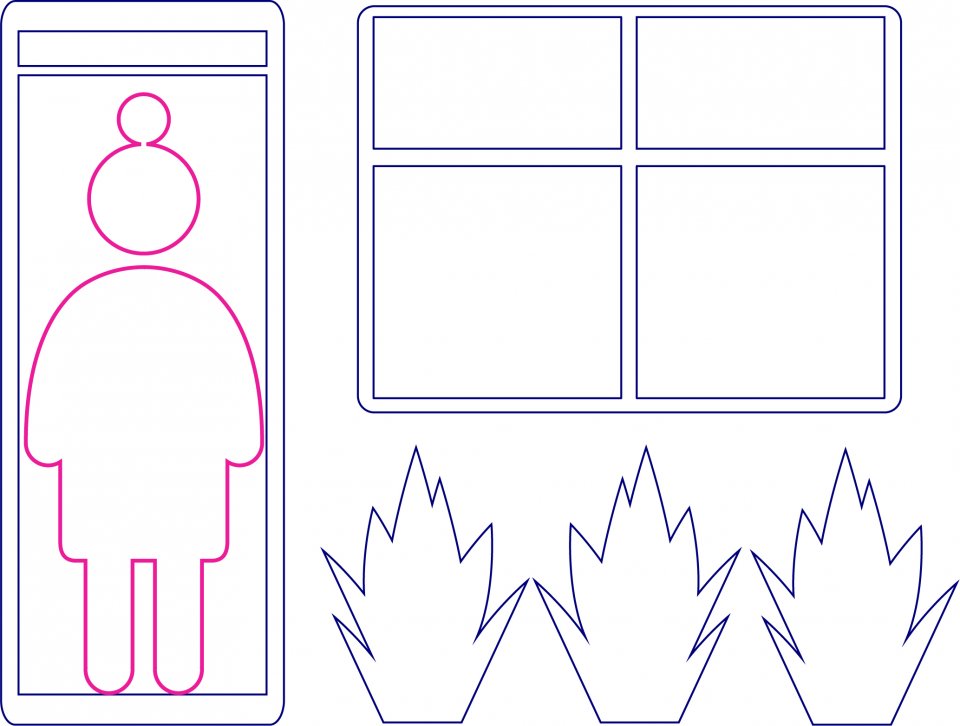News & Stories
Academic media are claiming that green screens can result in a 41 per cent concentration reduction for coarse air pollution particles and up to a 53 per cent reduction for nitrogen dioxide concentrations.
They also highlight that modelling studies found that green roofs can result in up to a 30-57 per cent reduction in air pollution.
Finally, the story claims that street canyons (a place where the street is flanked by buildings on both sides) are unique and extraordinarily complex environments, suggesting that each canyon will likely need its tailored solution.
Using our recommended five tips, Global Action Plan reviewed the study:
| Questions to ask to get to the truth | Our response |
| 1. Does the article refer to a report to back up its claims? |
The article refers to a study Green infrastructure for air quality improvement in street canyons published in Environment International. |
| 2. Who is behind the study it refers to? |
The study was completed by researchers from Surrey’s Global Centre for Clean Air Research, based at the University of Surrey. |
| 3. How fantastical and radical is the claim that is being made? |
The paper reviewed all the existing scientific literature on the effectiveness of green walls, hedges, green roofs, trees and green screens (known collectively as green infrastructure) to improve air quality. The statistics pulled out by the media are found within papers reviewed by this study.
In completing this review, the researchers determined that the effectiveness of green infrastructure in reducing air pollution in street canyons is dependent on street canyon geometry, weather conditions and vegetation characteristics.
They found in street canyons the best options were green walls, green screens and green roofs However, they also stated that the review highlighted a need for further research, particularly on green walls and green screens. |
| 4. What geographical region does the claim refer to? |
The study is focused on street canyons in urban environments, it is not specific to any country. |
| 5. What is the sample size of the study? |
The study completed a review of 132 scientific papers. |
Want to talk to us about any of our projects? Please get in touch with us here.







